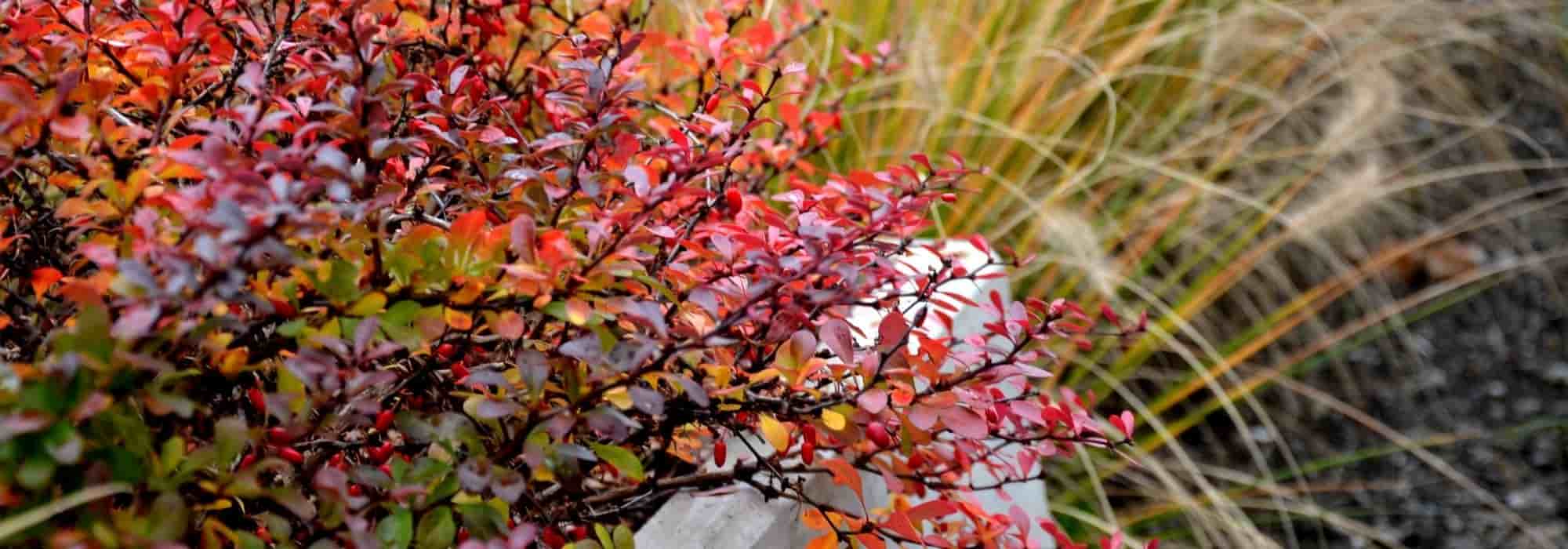
Growing a berberis in a pot
ON THE TERRACE OR BALCONY
Contents
The Barberry, also known as the berberis, is a shrub renowned for its easy cultivation and naturally rounded shape. It is also highly valued for its small, beautifully coloured leaves, which can be golden green, pink, red, or purple, either matte or glossy depending on the variety. It is primarily used in gardens to form defensive hedges, but also in shrub borders where it adds a touch of nuance. Low-maintenance, small Barberries adapt very well to pot cultivation and thus offer a lovely colourful alternative to boxwood.
Discover all our tips for successfully growing Barberry in pots to bring colour to a terrace or balcony.
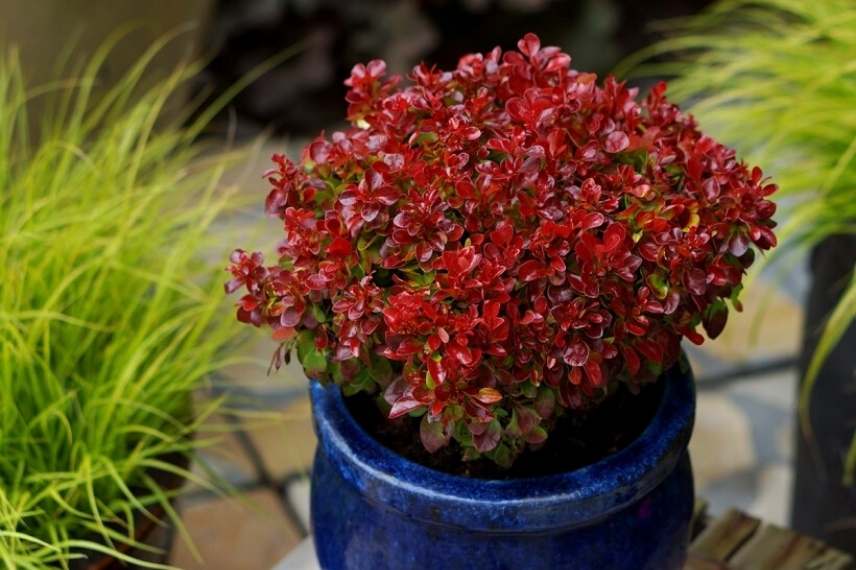
The pruning of Berberis thunbergii ‘Lutin Rouge’ is perfectly suited for pot cultivation
Which variety to choose?
The vast majority of barberries thrive perfectly in pots; however, smaller varieties will flourish more in these conditions. If your terrace or balcony is limited in space, it is advisable to choose a less spiny variety to avoid any inconvenience when passing close to your pot. This advice also applies if you have children, to prevent any incidents. Here are some varieties we recommend:
- The Berberis buxifolia ‘Nana’ is a dwarf barberry, featuring few thorns and attractive evergreen green foliage.
- The Berberis thunbergii ‘Atropurpurea Nana’ is a small bush with purple foliage that turns bright red in autumn before falling. Its lovely rounded shape does not exceed 60 cm in height.
- The Berberis ‘Golden Carpet’ forms a bush that is wider than it is tall, covered in beautiful bright golden yellow foliage. In autumn, its deciduous leaves take on a lovely orange hue.
- The Berberis ‘Tiny Gold’ stands out with its lovely ball shape, featuring small deciduous leaves of light green and gold.
- The Berberis thunbergii ‘Lutin Rouge’ has a rounded and dense habit, displaying purplish-red tones when exposed to sunlight. In autumn and spring, its deciduous leaves turn scarlet.
- The Berberis thunbergii ‘Red Dream’ is distinguished by its slightly arching branches, giving it a graceful and spreading habit. Its stems are minimally spiny and are covered with tiny very dark reddish-brown leaves.
Which pot to choose for a berberis?
For dwarf forms, a pot with a diameter of at least 30 cm will be perfectly suitable. You can repot your Berberis into a larger pot as it grows. For larger varieties, opt for a pot with a diameter of 40 to 50 cm. In terms of material choice, a terracotta pot will provide better root respiration, while a resin pot will be lighter and easier to move. In any case, make sure to choose a container with drainage holes for water evacuation. These holes help prevent moisture from stagnating around the roots, thus protecting them from rot. Don’t forget to place a suitable saucer under the pot.
Discover other Berberis - Barberries
View all →Available in 2 sizes
Available in 1 sizes
Available in 2 sizes
Available in 1 sizes
Available in 1 sizes
Available in 1 sizes
Available in 3 sizes
Available in 1 sizes
Available in 1 sizes
Available in 3 sizes
What type of substrate to use?
The barberry is very easy to grow, but it fears excess moisture. Therefore, provide it with a well-drained substrate by placing a layer of clay balls at the bottom of your pot to facilitate the drainage of excess watering. For successful planting, choose a light compost or mix 2/3 of ordinary compost with 1/3 of turf. To improve drainage, you can also mix a bit of pumice, gravel, clay balls, or perlite into your substrate.
Read also
How to pair Berberis?When and how to plant a Berberis in a pot?
When should I plant my Berberis in a pot?
Ideally, spring and autumn are the two best times to plant Berberis. However, you can plant your young plant in a pot all year round, avoiding periods of frost, extreme heat, or drought, particularly in summer.
How to plant a Berberis in a pot?
- Pour a layer of clay balls about 5 cm deep at the bottom of your pot to facilitate drainage of excess water.
- Add a few centimetres of potting soil on top.
- Put on thick gardening gloves to protect yourself from the thorns.
- Place the root ball of your bush in the centre of the pot. The top of the root ball should be 2 or 3 cm below the rim of the pot.
- Fill in with potting soil, leaving 2 cm below the edge of the pot.
- Gently firm the potting soil with your hands.
- Water generously.
- Add a mulch at the base of your plant to prevent the substrate from drying out too quickly and thus limit watering.

How to care for a Berberis in a pot?
Exposure
Potted Berberis prefers a semi-shaded position, especially in southern regions where direct sunlight should be avoided during the hottest hours of the day (from 12pm to 4pm in particular). Generally, avoid placing your pot in full sun all day long.
Watering and Fertilising
Your potted Berberis needs a fresh substrate but is sensitive to excess water. Water as soon as the substrate becomes dry or in the absence of rain, but do not drown it. During summer heatwaves, consider increasing the frequency of watering. For a thriving barberry, add a handful of well-rotted compost at the beginning of spring or fertilise with shrub feed once or twice a year.
Wintering the Berberis
Deciduous Berberis generally withstands winter and cold down to -40°C depending on the varieties. Simply place your pot sheltered from icy winds, against a wall for example.
Evergreen species are less resistant to negative temperatures below -10°C, or even -15°C. Consider wintering your evergreen barberry only if you live in a cold region (hardiness zones 5, 6, and 7). You should then place your pot in a cold greenhouse or in a bright, unheated room of your home. During this winter period, water once every 3 to 4 weeks and only if necessary.
Repotting the Berberis
You can repot your barberry every 2 years to refresh its substrate, but also to provide a larger container depending on its growth.
Maintenance and Pruning of the Berberis
Berberis do not require pruning, but they tolerate it very well if you wish to shape them or limit their growth. Deciduous species are pruned at the end of winter, while evergreen varieties are cut back after flowering, between June and August.
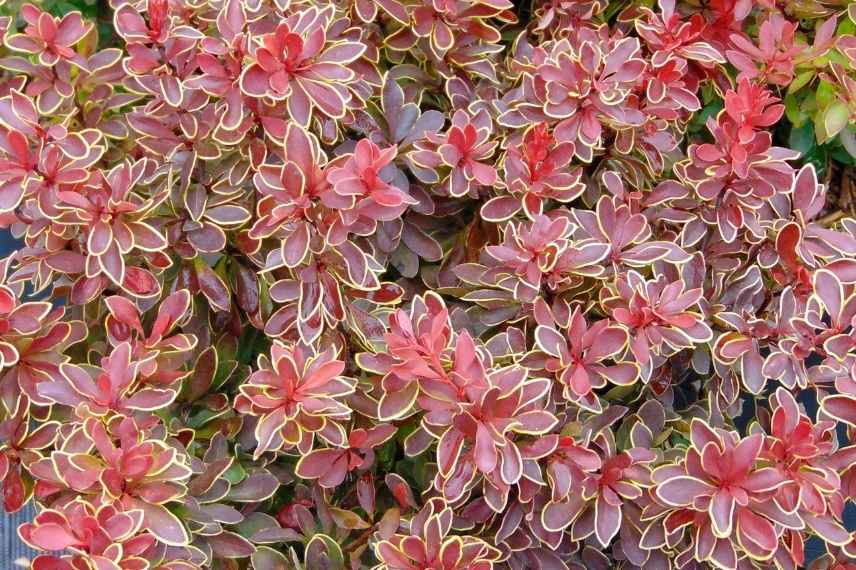
The Berberis thunbergii ‘Admiration’ is perfectly suited for pot cultivation and can withstand severe frosts
For further reading
- Discover all our varieties of Barberry
- Find our article to learn all about barberries: planting, pruning and maintaining
- Subscribe!
- Contents
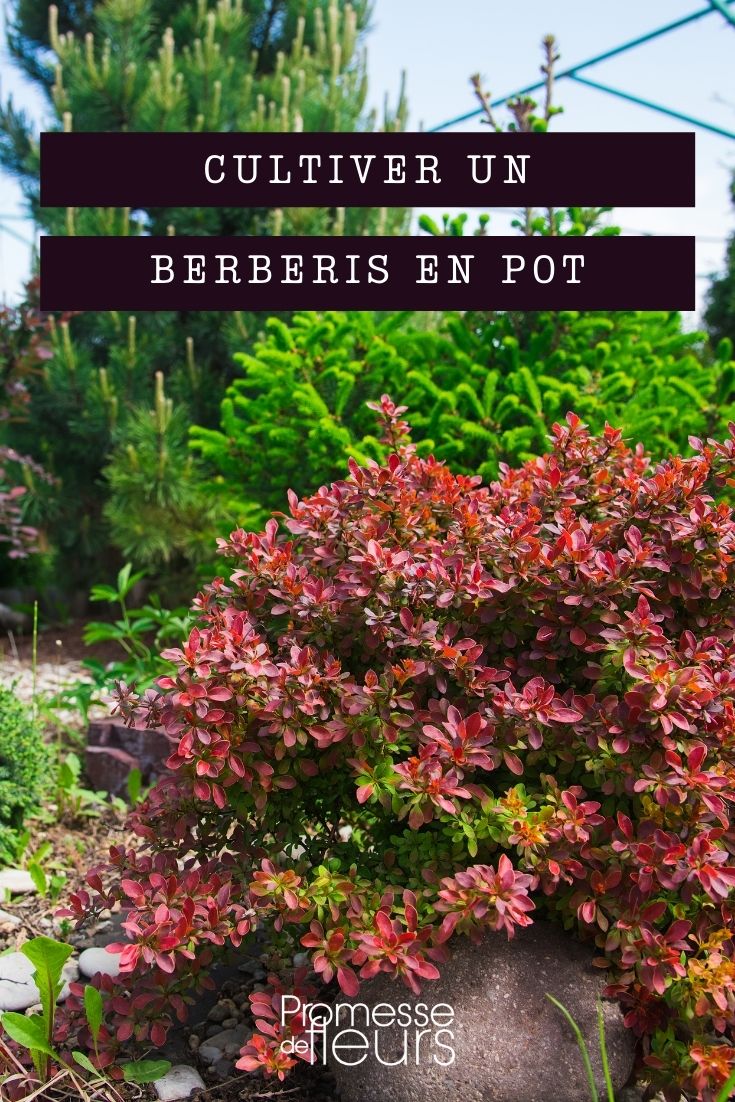































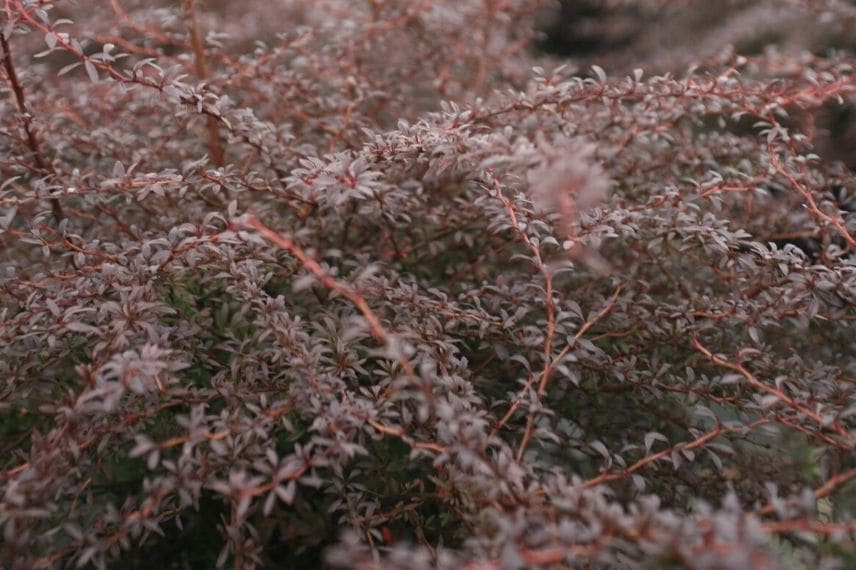
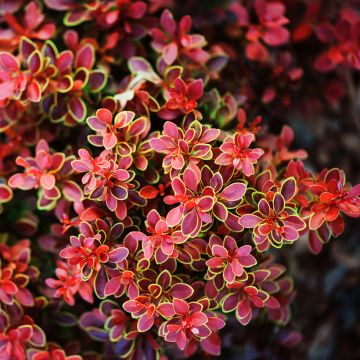



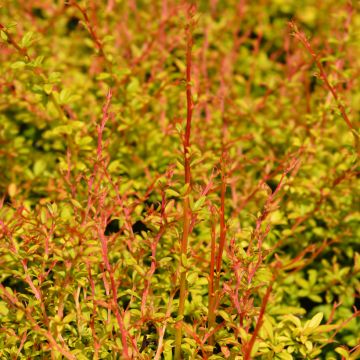
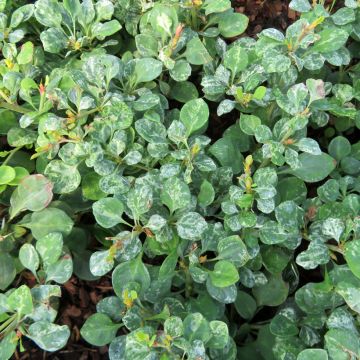
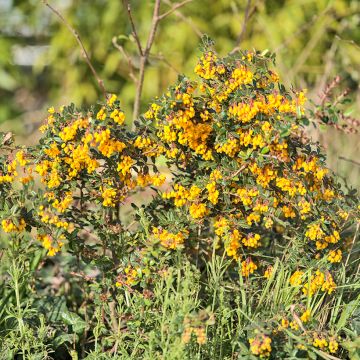

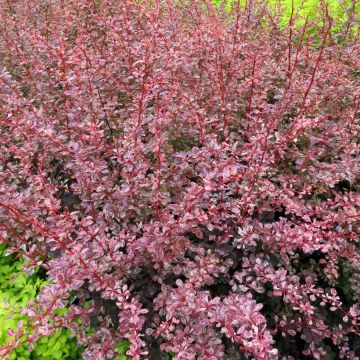
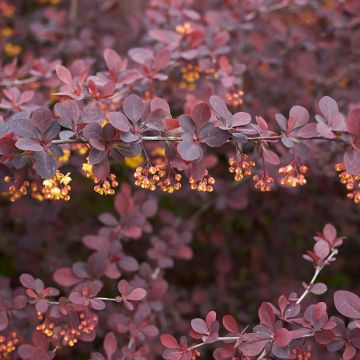
Comments